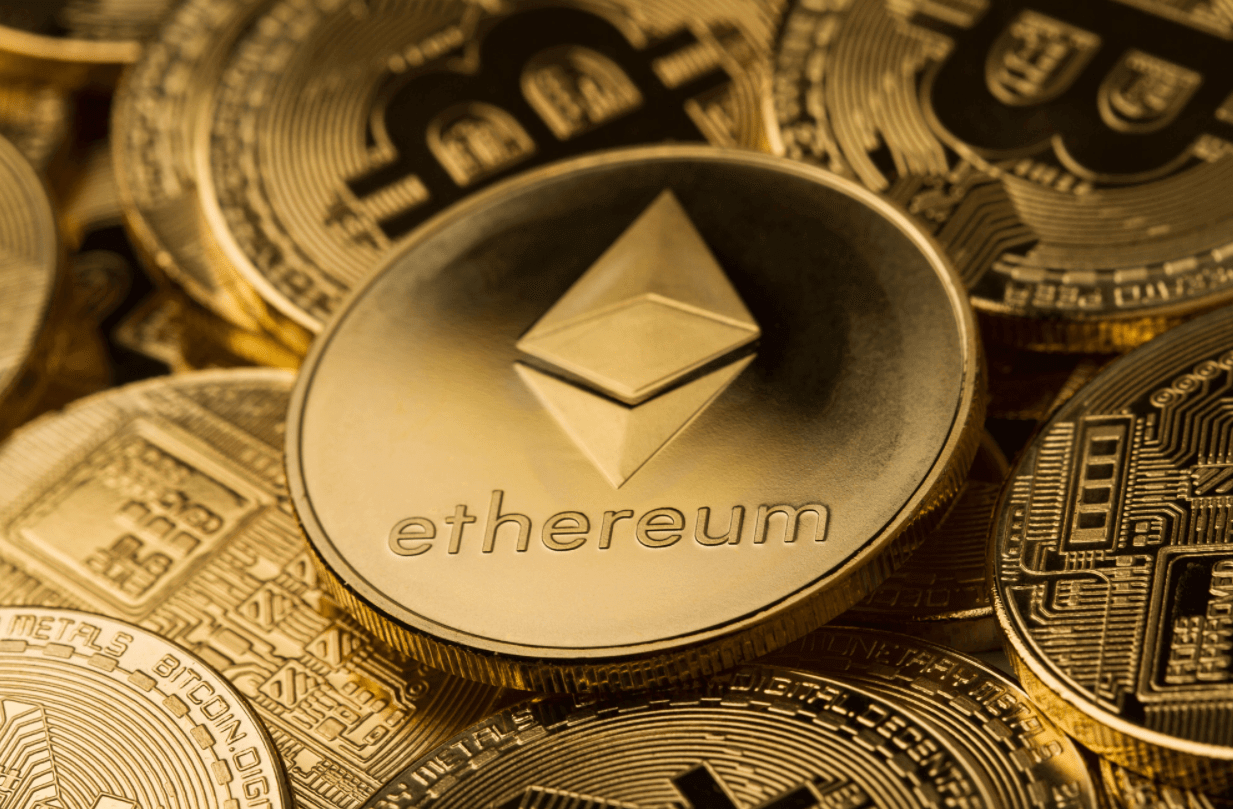Polymath And The Tokenization Of Luxury Goods
5 Mins Read
Published on: 12 June 2023
Last Updated on: 16 September 2024

toc impalement
At Polymath, we believe that the tokenization of luxury goods is the future of the luxury market. The traditional luxury market has been a lucrative business, but it has also been an exclusive one, only accessible to the wealthy. However, with the emergence of blockchain technology, we see a way of democratizing access to luxury goods by tokenizing them.
So, if you are looking for a reliable trading platform, you may consider immediate-edge.live.
What Denotes Tokenization?

Tokenization refers to the procedure of converting an asset, for example, a piece of art or a luxury good, into an abstract digital token that is easily traded using a blockchain. The particular token represents ownership of the underlying asset, and it can be bought and sold like any other cryptocurrency.
It can be applied to a variety of assets, including real estate, art, and even luxury goods. Similarly, tokenization has the ability to transform market mechanisms by bringing new opportunities for investment. A broad range of investors all over the world can make use of the facilitating innovation brought by tokenization.
Why Tokenization Of Luxury Goods?
The traditional luxury goods market is a high-end market, with only a select few who can afford to purchase items such as high-end watches, jewelry, and handbags. Tokenization can help you democratize and limit access to these luxury goods by making them extraordinarily accessible to a broader audience.
For example, instead of purchasing an entire high-end watch, an investor can purchase a token that represents a portion of the watch. This allows investors to own a piece of the luxury item without having to pay the full price.
Moreover, tokenization can increase liquidity in the luxury goods market. In the traditional market, selling a luxury item can be a challenging process that involves finding a buyer willing to pay the asking price. Tokenization makes it easier to sell these items as tokens can be traded on cryptocurrency exchanges.
The Process Related To Product Tokenization
Listing the benefits of tokenization is easy; what’s difficult is understanding the process. How are security tokens actually devised, distributed, and regulated? Given below are 5 crucial steps relevant to luxury product tokenization. Check them out:
Planning The Lifecycle Of Digital Assets
The entire journey of luxury product tokenization is more than simply creating tokens. An issuer has to reconsider the entire digital asset lifecycle after ensuring that every single piece fits perfectly.
Token issuance consists of networking with legal firms, KYC/AML providers, brokers, custody agents, and other professionals.
Creating Security Token
You know it’s time to devise a security token after raising the structure and mapping out the ecosystem. Irrespective of your asset category, token configuration must be as intuitive and simple as possible. Make sure to create security tokens that are programmable and enforced after configuring a security token. All you have to do is use the blockchain effectively.
Setting-Up Compliance
One of the major benefits of tokenization is compliance automation. Studies depict that blockchain can reduce compliance charges by up to 50%. In order to achieve the highest level of efficiency, the tokenization platform must enable quick procession along with reduced protocol charges. These might scale as per the complexities and demands of the organization.
Distributing The Tokens
Token distribution refers to the procedure of transferring funds and tokens to the recipients. Blockchain or asset distribution provides issuers with an automated way of managing the initial token issuance along with the distribution events.
Management & Execution of Corporate Activities
While managing the legal procedures, you might likely deal with complicated corporate actions. These are labor-intensive, expensive, and full of errors. The tokenization technology enhances both the management and execution of corporal activities with the aid of automation record keeping.
Quick and easy token issuance, management of a new investor, and generating reports make it simpler to thrive in such a high-paced market. Moreover, it helps in the path to the liquidity of the asset.
Benefits Of Tokenization Of Luxury Goods
Making use of blockchain technology brings few errors and increased efficiency, which ultimately brings down the cost. There are other ways in which tokenization helps. Some noteworthy ones are given below:
Increased Accessibility
Tokenization can help to emulate access to luxury goods, making them more accessible and controllable to a broader group of audience. Blockchain technology eliminates the requirement for legacy middlemen. As a result, there are reduced settlement costs and time dedicated to insurance.
Fractional Ownership
Investors can purchase a portion of the luxury item through a token, allowing them to own a piece of the item without having to pay the full price.
Enhanced Transparency
It promises to offer a golden source of reliability for each party which assists them in keeping the cap table up-to-date. Tokenization provides transparency in the ownership of luxury items, reducing the risk of fraud.
Increased Liquidity
Tokenization makes it easier to sell luxury goods, as tokens can be traded on cryptocurrency exchanges. A predicted $4 trillion is dedicated to private equity as well as trillions of luxury products. Further, it provides an opportunity to trade already existing illiquid assets (also known as non-fractional assets).
Examples Of Tokenized Luxury Goods
Several luxury goods companies have already begun to experiment with tokenization. For example, Arianee, a blockchain-based digital identity protocol, is working with several luxury brands to develop a platform for tokenizing luxury goods. The platform will allow brands to verify the authenticity of their products and provide a record of ownership.
Moreover, in 2021, Sotheby’s, the world-renowned auction house, auctioned a rare 101.38-carat diamond as a token on the blockchain. The diamond sold for over $12 million, making it the most expensive diamond ever auctioned as a token.
Conclusion
In conclusion, the tokenization of luxury goods is an exciting new development in the luxury goods market. It has the capability to regularize access to luxury goods, increase liquidity in the market, and offer transparency in ownership. At Polymath, we are committed to exploring this new market and helping luxury goods companies to tokenize their products.
Read Also:


















Comments Are Closed For This Article